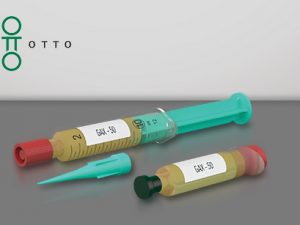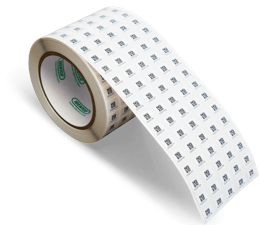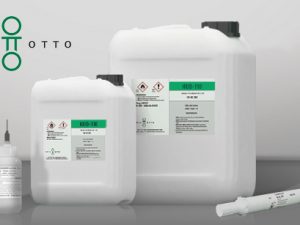Cable assembling
As a developer and producer of fluxing agents for electronics production, we also offer a wide range of fluxes for cable manufacturing and strand tinning. The objective with the use of a flux is a uniform good tinning with solders containing lead or those that are lead-free. The tinning must thereby be able to be controlled, so that only a defined length of the strand is tinned. The possibly existing flux residues must not have any effect whatsoever on the subsequent application of the end product, for example due to corrosion or due to a low electrical surface resistance (SIR). Furthermore, it is important that the flux applied does not penetrate into the cable- and strand sheathing, as otherwise the strands and wires could corrode. In this case, the sheathing of the cable may also be damaged.
The fluxes must thereby satisfy the temperature requirements of the respective process. If the solder bath is operated at higher temperatures, the fluxing agent must remain active. This is particularly important, when the strand sheaths are “burned off” in the soldering process.
All fluxes of the EO-B-Multiflux series can also be used for cable manufacture.
Especificaciones
| Especificaciones | |||||
| Product | Solids content | Application area | Activators | ||
| ELM/KF | not applicable Gew.-% | Dip- and strand tinning, special applications | di-carboxylic acids | ||
| HR/D-110 | 5.8 Gew.-%/td> | Selective soldering, manual- and repair soldering, dip soldering | di-carboxylic acids, resinsv | ||
| PM-334 (Multiflux) | 3.0 Gew.-% | Wave- and selective soldering, manual- and repair soldering, dip soldering | di-carboxylic acids, minimal resin content | ||
| Solder Tincture WFF | approx. 38 Gew.-% | Manual-, repair- and dip soldering, soldering on ceramic substrates, strand tinning | balsamic resin, di-corboxylic acids, halogenated amine | ||






